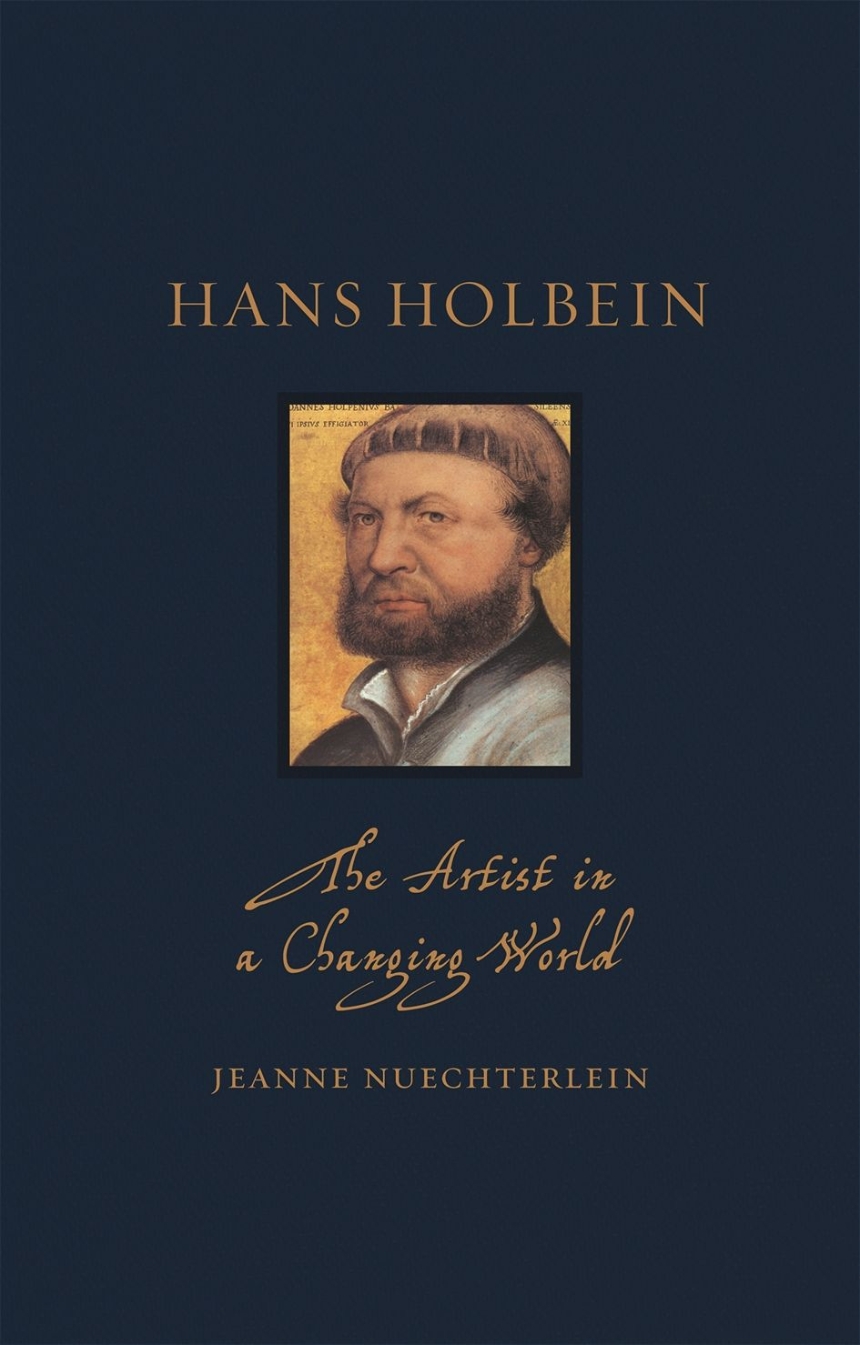Immensely skillful and inventive, Hans Holbein molded his approach to art-making during a period of dramatic transformation in European society and culture: the emergence of humanism, the impact of the Reformation on religious life, and the effects of new scientific discoveries. Most people have encountered Holbein’s work—think of King Henry VIII and Holbein’s memorable portrait springs to mind, forever defining the Tudor king for posterity—but little is widely known about the artist himself. This overview of Holbein looks at his art through the changes in the world around him. Offering insightful and often surprising new interpretations of visual and historical sources that have rarely been addressed, Jeanne Nuechterlein reconstructs what we know of the life of this elusive figure, illuminating the complexity of his world and the images he generated.

